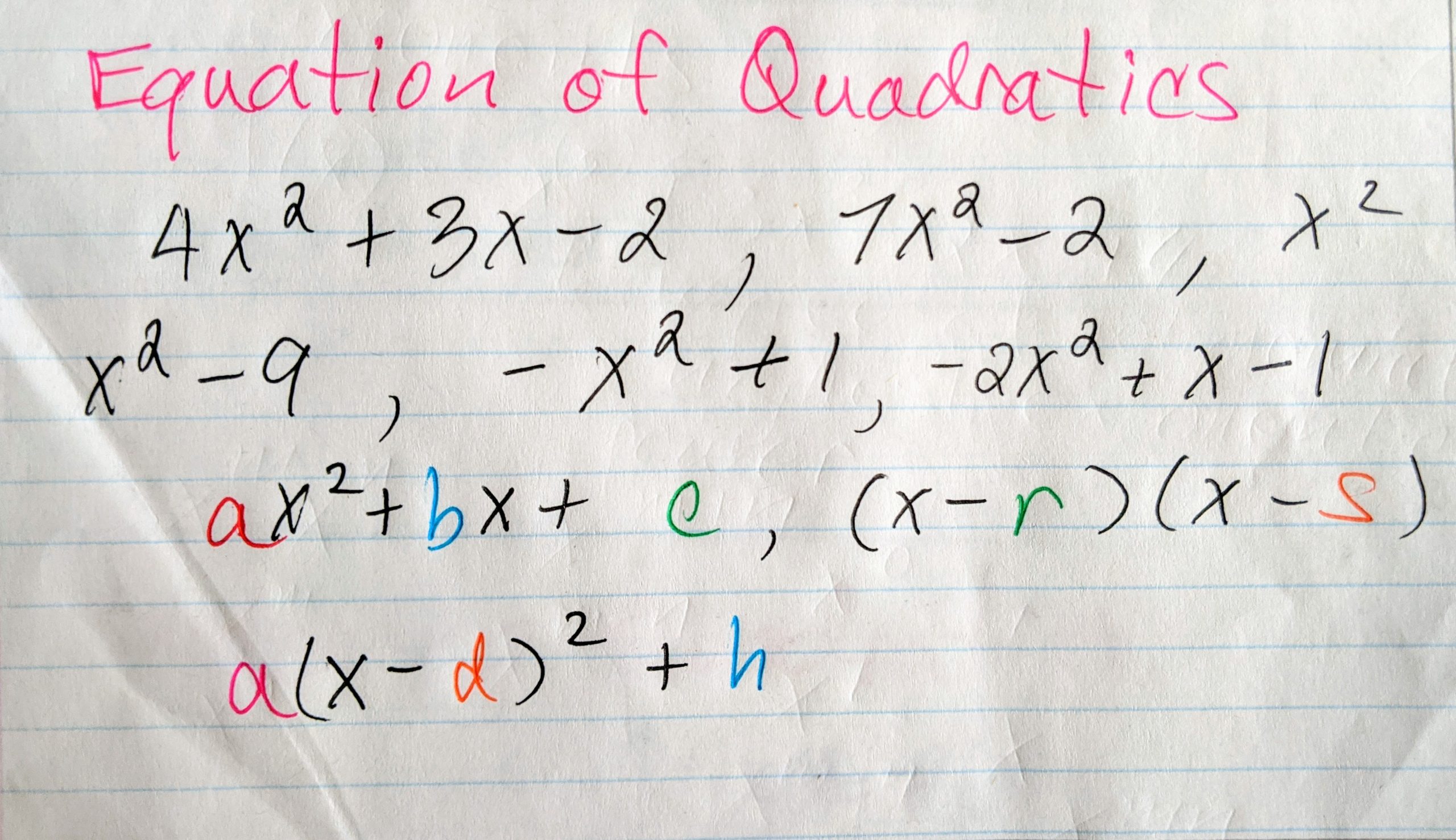

The relationship between the side length and the area of the square is a quadratic relationship. In middle school, we expressed area of squares with side lengths \(s\) as \(s^2\). After the expression \(n^2+2\) comes up, introduce the term quadratic.Įxplain that the relationship between the step number and the number of squares is a quadratic relationship, which includes one quantity (the step number, in this case) being multiplied by itself to obtain a second quantity (the number of squares).

Help students make connections between their conclusions by asking where the \(+2\) can be seen in the picture and where they see the \(n^2\) term. Start from concrete approaches, relying on images, and work toward more abstract representations, using equations. Select students to share their strategies for determining how the pattern was growing. Invite them to share their strategies during the synthesis of this activity. They also consider whether the pattern is linear or exponential and explain why it is or isn’t (MP3).Īs students work, look for students who draw a picture (especially for the 5th step), those who describe the picture (especially for the 10th or 12th step), and those who rely on numerical (rather than visual) reasoning. This prompt gives students opportunities to see and make use of structure (MP7). A specific structure they might notice from the visual pattern is noticing the 2-by-2 square in Step 2 and 3-by-3 square in Step 3.Īs in the previous activity, students reason repeatedly, extend the pattern, and then write a general expression describing it (MP8). Because of the addition of 2 to \(n^2\), the squaring of \(n\) may not be as apparent as in the earlier activity (where the output values were perfect squares). The number of squares in the pattern is related to the step number \(n\) by the rule \(n^2 +2\). In this activity, students encounter another visual pattern that changes quadratically.


 0 kommentar(er)
0 kommentar(er)
